Measurements and Visual Inspections
Europe has an ageing housing stock. There are many homes with outdated wiring. This wiring is deteriorating, has been inappropriately amended, or is insufficient for the electrical loads of today’s typical household.
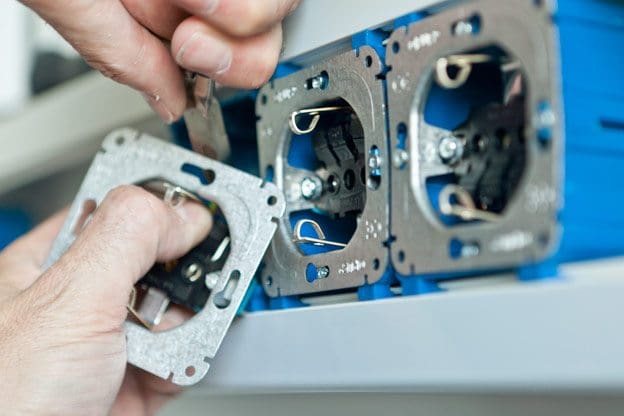
Many of the homes have not undergone any renovation of the electrical installation even though the use of electricity in these homes has been steadily increasing over the past forty years.
In this paper, we will focus on such inspections and emphasize the importance of carrying out measurements as well as visual inspections.
Why Inspection?
It is hard to imagine homes without electrical installations. However, electricity in homes introduces two major hazards: fire and electric shock. Electrical defects are one of the most common causes of home fires. Electrical fires in residential buildings result in more damage and higher death rates on average than nonelectrical fires.
Various studies have shown that the costs associated with electrical fires in residential buildings are much higher than the costs associated with electrical shocks casualties.
To counteract these hazards, authorities and standardization bodies have drawn up wiring rules that apply to the design and the erection of electrical installations. However, there is no point in setting rules if it is not verified that they have been followed and an adequate level of electrical safety obtained.
The largest portion of domestic electrical installations in Europe were built more than thirty years ago and do not comply with the present safety standards. It is therefore important that all existing installations are inspected periodically.
Definitions
Throughout this document, we will use the following definitions, as given in the IEC 60364-6 ‘Low-voltage installations — Part 6: Verifications’ Verification: all measures which check the compliance of an electrical installation with the relevant requirements.
Inspection – Examination of an electrical installation using all available means to ascertain correct selection and proper erection of electrical equipment.
Note: the word ‘inspection’ has replaced ‘visual inspection’, indicating that all of the senses (touch, hearing, and smell, as well as sight) must be used.
Testing – Implementation of measures in an electrical installation by which its effectiveness is
proved.
Maintenance – Combination of all technical and administrative actions, including supervision actions, intended to retain an item in, or restore it to, a state in which it can perform a required function.
Initial And Periodic Verification
A distinction is made between initial and periodic verification.
Initial Verification
An initial verification takes place upon completion of a new installation or upon completion of additions or alterations to existing installations. The aim of the initial verification is to determine whether the requirements of all the applicable prescriptions have been met.
Before testing begins, it is important that a full inspection of the complete installation is carried out.
This is to confirm that the electrical equipment and materials:
- are in compliance with the safety requirements of the relevant equipment standards
- have been correctly selected and erected according to the relevant rules and regulations and to the manufacturer’s instructions, in order that performance is not adversely affected
- are not visibly damaged so as to impair safety
- are suitable for the prevailing environmental conditions
This is accomplished by checking:
- the method of protection against electric shock
- the protection against thermal effects
- the precautions against propagation of fire
- the selection of the conductors for current-carrying capacity and voltage drop
- the choice and settings of the protective devices, the presence and correct location of suitable isolating and switching devices
- the selection of equipment and protective measures appropriate to external influences the correct identification of the circuits, overcurrent protective devices, switches, terminals, et cetera
- the presence of diagrams, warning notices, or similar information
- the adequacy of the conductor connections
- the presence and adequacy of protective conductors, including equipotential bonding
- the accessibility of the equipment for convenience of operation, identification, and maintenance
In practice, this means checking the following items:
- good workmanship
- separate circuits
- adequate number of circuits
- adequate number of socket-outlets
- all circuits suitably identified
- a suitable main switch provided
- main breakers to interrupt all live conductors
- main earthing terminal provided
- correct fuses or circuit breakers installed
- all connections secure
- the installation earthed in accordance with national standards
- primary equipotential bonding connects services and other extraneous conductive parts to the primary earth facility
- supplementary bonding has been provided in all bath and shower rooms
The following items must checked concerning protection against direct contact:
- insulation of live parts
- enclosures have a suitable degree of protection appropriate to external influences
- enclosures have cable entries correctly sealed
- enclosures have unused entries blanked off where necessary
After inspection, the following tests shall be carried out:
- continuity of conductors
- insulation resistance of the electrical installation
- protection by SELV, PELV, or by electrical separation
- automatic disconnection of supply
- measurement of the resistance of the earth electrode
- measurement of the fault loop impedance
- polarity, functional, and operational tests
- voltage drop
When the results of the initial verification are positive, the electrical installation is in a good condition. However, periodic verification will be necessary to verify that the installation remains in good condition.
Periodic Verification
It is true that electrical installations do not deteriorate quickly and therefore do not usually require high levels of maintenance. However they do not retain their original condition: damage, corrosion, degradation of material, and degradation of the insulation (the insulation hardens and it can crack) all occur.
In addition, contacts can become loose as well as excessive electrical loading, ageing, environmental influences, normal wear and tear, and other factors can affect the condition of an installation.
Apart from the deterioration over the years, the functioning of electrical installations does not necessarily follow the changing needs of its users:
- More power sockets are needed. (A recent survey in the UK reveals that two-thirds of Britons say that they don’t’ have enough plug sockets in their homes!)
- More lighting points are needed
There is an increased awareness of safety, therefore:
- There is a need for an earthing arrangement
- There is a need for RCDs (Residual Current Devices)
Electrical installations should be maintained in a good and safe condition to prevent danger. Part of this maintenance should be a regular verification that includes appropriate inspection and testing.
A periodic inspection will reveal if any of the electrical circuits are overloaded as well as other potential electrical shock risks and fire hazards in the electrical installation. By using a simple, inexpensive system of looking for visible signs of damage or faults, some of the electrical risks can be controlled. Nevertheless, this will need to be backed up by testing.
To be continued…
Resource: Paul De Potter – Inspection of electrical installations in homes


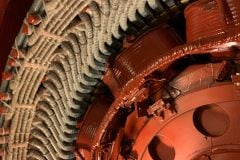
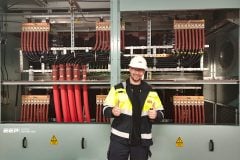


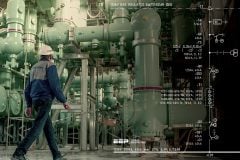
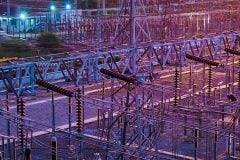



I need information on why a prepaid meter at homes consumes faster even at no load. What can i do to reduce this fast consumption ?
Periodic inspections in both commercial and residence buildings is a must. And quite frankly, should always be handled by professionals: we tend to “let things slide” if we can, especially if we’re on a budget, but that’s just not a safe approach. Gotta get unbiased and informed professionals in there. Good thing there are companies like Balanced-Electric, Inc (http://www.balanced-electric.com) who handle everything from inspection, design, installation; they handle any future maintenance and inspections. It’s great having the same set of individuals carry your project from beginning to end and beyond, so you know they understand the scope and nature of what they’re working with and will return appropriate results specifically tailored to your project.
why not arrange the articles as per functionality like article regarding the protection system design anone and testing and commissioning alone my be if the site managment added a real designs for substations and parts of generation stations and also for calculations part if we added setting calculations for protection equipments this will be greatly helpful
I’m about to do it, i know that articles can me sorted in more precise defined categories. It will be soon, it’s a huge job, but sooner i start, the sooner I will finish!
Thanks for the comment!
Expecting soon :) Thank You for tha above useful stuff..